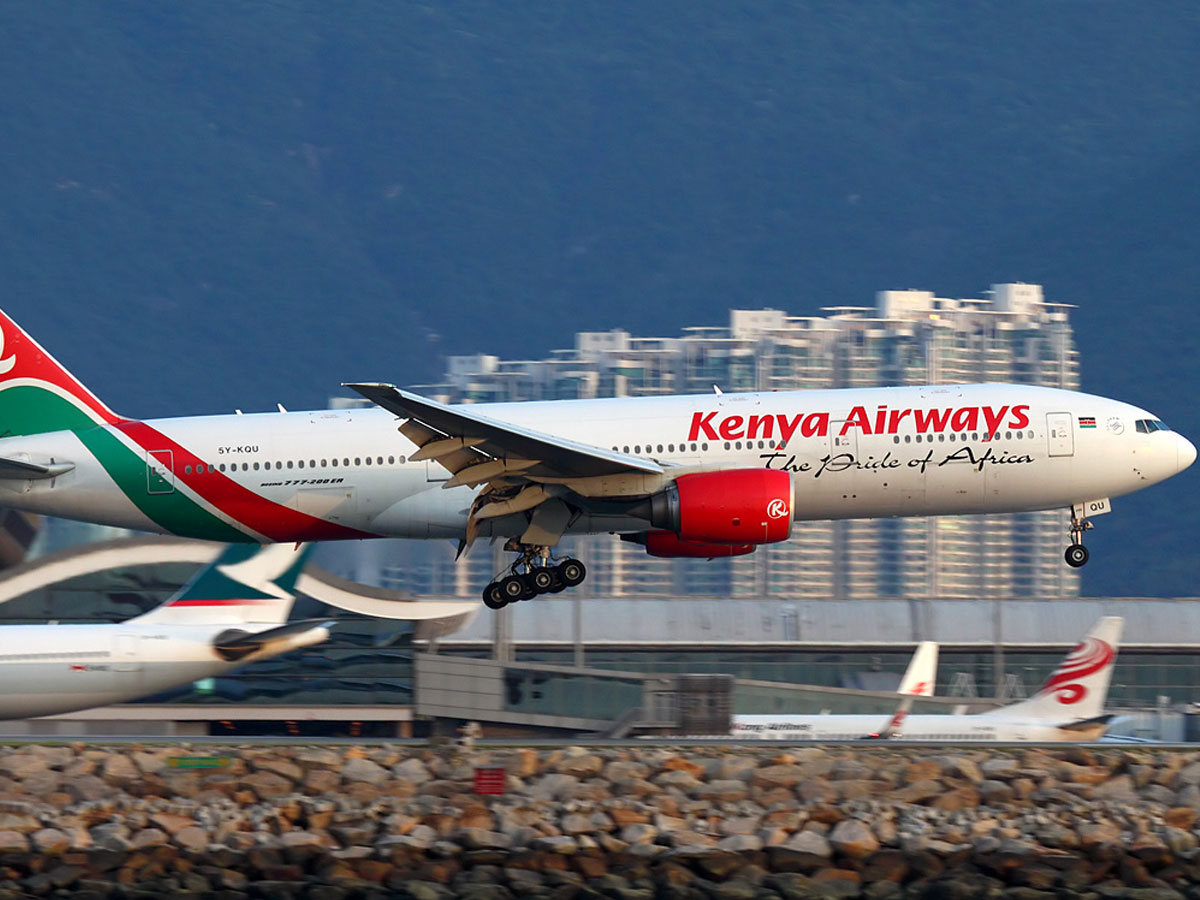Kenya Airways Eyes Profitability in the Next Two Years

Kenya Airways which is currently a public-private partnership and the fifth largest in Africa by fleet size has not seen a profit since 2012 and has even been suspended from trading at the Nairobi Securities Exchange (NSE). A much-needed restructuring plan that is set to see the national carrier return to winning ways post-COVID has since been sold to shareholders.
“We anticipate that we will be able to break even by 2024 with all the work that is ongoing which entails dealing with legacy issues mostly around cost. These are structural and complicated to deal with but we hope that by 2024 we will have broken even,” stated Allan Kilavuka, current Chief Executive Officer, during the company’s annual general meeting.
“From then on we have a good basis for growth,” he added.
Talks of a significant restructuring of Kenya Airways have been around for a while now. Such a paradigm shift within the airline is expected to come with a serious change in how the company is run. Aviation consultant Seabury was hired in January to advise on returning to profitability.
Confirming the deal, KQ Board Chairman Michael Joseph said “They – Seabury Consulting – will assist with restructuring as part of the financial support from the National Treasury.”
“Kenya Airways will be required to trim its network, rationalize frequencies of flights, operate a smaller fleet, and rationalize its staff complement. I will be proposing a budget allocation to meet the restructuring costs,” commented National Treasury CS Ukur Yatani on April 7th.
Government bail-out
The airline in which the government has a 48.9% stake saw revenue cut in half at the height of the global health crisis two years ago which prompted The Kenyan government to once again come to its rescue by offering yet another round of funds within the same year.
The lifeline pledge of approximately $314 million came just weeks after the State Treasury had approved more than $170 million to help the airline stay afloat amidst a financial crisis making it the biggest corporate bail-out in the country’s history.
The airline which has been on a steady decline for over ten years, last month told shareholders that its turnaround plans are bearing fruit and are set to further reduce costs as well as grow revenue that will see it end a dividend drought in about two years.
The cost-cutting initiatives include renegotiating terms for leasing aircraft. The new terms with leasing firms are expected to see KQ save on aircraft ownership costs.
Other costs such as distribution and ground handling costs are set to be reduced by dealing with inefficiencies in these areas according to CEO Allan Kilavuka. He went on to add that it is unlikely for the carrier to cut its employees as it is currently not bloated. Instead, emphasis will be placed on employee productivity.
The carrier is also optimizing its fleet and network of routes, which might reduce the routes it flies as well as the number of aircraft it operates. The targeted aircraft are its Dreamliner and Embraer fleets which are set to be cut by four and five aircraft respectively.
Fuel prices have risen to record highs following Russia’s invasion of Ukraine with many airlines raising ticket prices to compensate for the growing expenses. As part of its cost-cutting measures, Kenya Airways is looking to hedge prices for 35% of its fuel needs.




